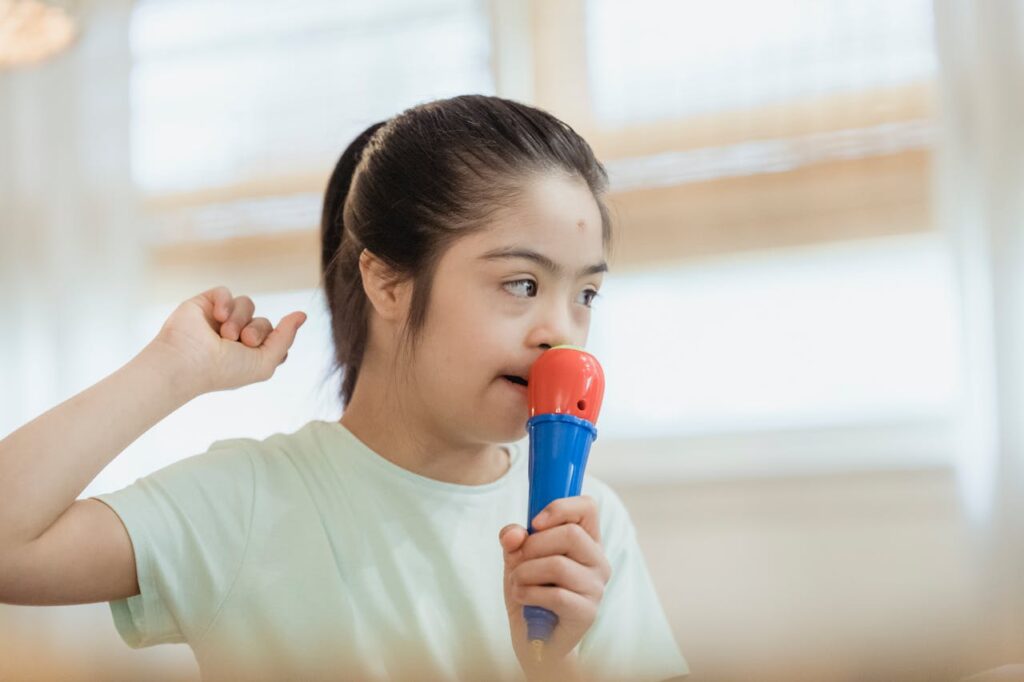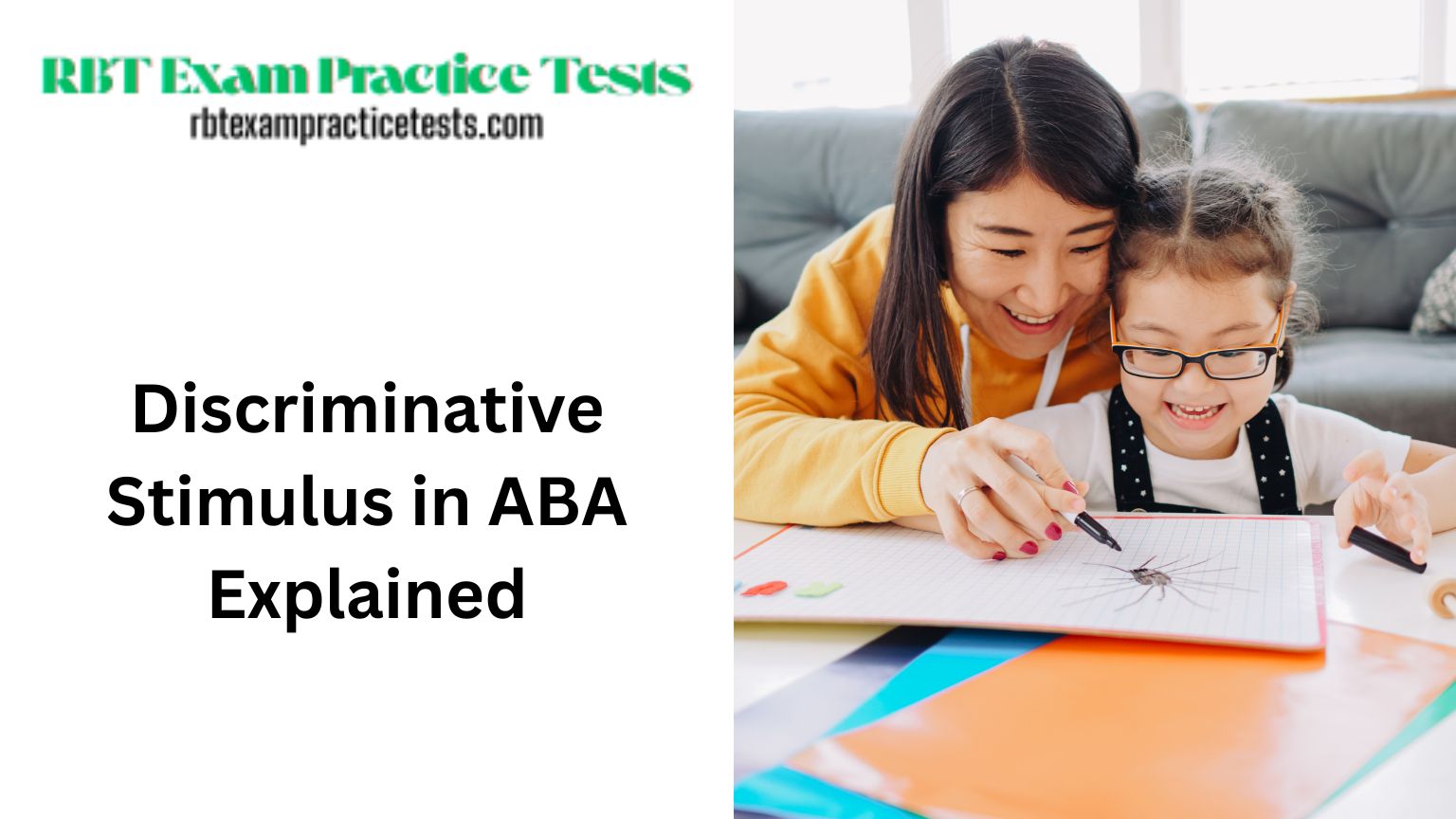If you’re diving into Applied Behavior Analysis (ABA), you’ve probably come across the term discriminative stimulus (SD). It might sound technical, but don’t worry; I’m here to break it down in a way that’s easy to grasp.
Let’s explore what an SD is, why it matters, and how it’s used in real-life situations to support learning and behavior change.
What Is a Discriminative Stimulus?
A discriminative stimulus, or SD, is like a green light for a specific behavior. It’s a cue in the environment that signals to someone that a particular action will likely lead to a reward (or reinforcement).

Think of it as a signpost that says, “Hey, doing this right now is a good idea!” For example, when you see a “Sale” sign in a store, it might prompt you to start browsing because you know there’s a chance to snag a deal. That sign is the SD, and your browsing is the behavior it triggers.
In ABA, SDs are key because they help individuals, especially those with autism or developmental disabilities, understand when a specific behavior is appropriate. These cues create predictability, making it easier for people to navigate their world.
How Does an SD Work?
Let’s paint a picture. Imagine a child learning to raise their hand in class. The teacher’s question, “What’s 2 + 2?” acts as the SD. It signals that raising a hand to answer might earn praise or a correct response reward. If the child raises their hand without a question, they might not get the same outcome. The SD helps them know when to act.

This process ties into operant conditioning, where behaviors are shaped by consequences. The SD sets the stage for a behavior to occur, increasing the chance of reinforcement. It’s like a friendly nudge saying, “Now’s the time!”
Why Are SDs Important in ABA?
SDs are a cornerstone of ABA because they promote consistency and clarity. For individuals with autism, the world can sometimes feel overwhelming or confusing.

SDs provide structure, helping them connect specific actions to positive outcomes. This is especially helpful in teaching new skills, like communication or social interactions.
Real-World Examples of SDs

Picture a coffee shop. The barista’s call, “Next in line!” is an SD prompting you to step forward and order. At home, a parent saying, “Time to clean up!” signals a child to start tidying toys, especially if it leads to praise. These everyday cues show how SDs guide behavior naturally.
Wrapping It Up
Discriminative stimuli are like helpful guides in the world of ABA. They signal when a behavior is likely to pay off, making learning smoother and more predictable. By understanding SDs, we can better support individuals in mastering new skills and thriving in their environments. Pretty cool, right?
